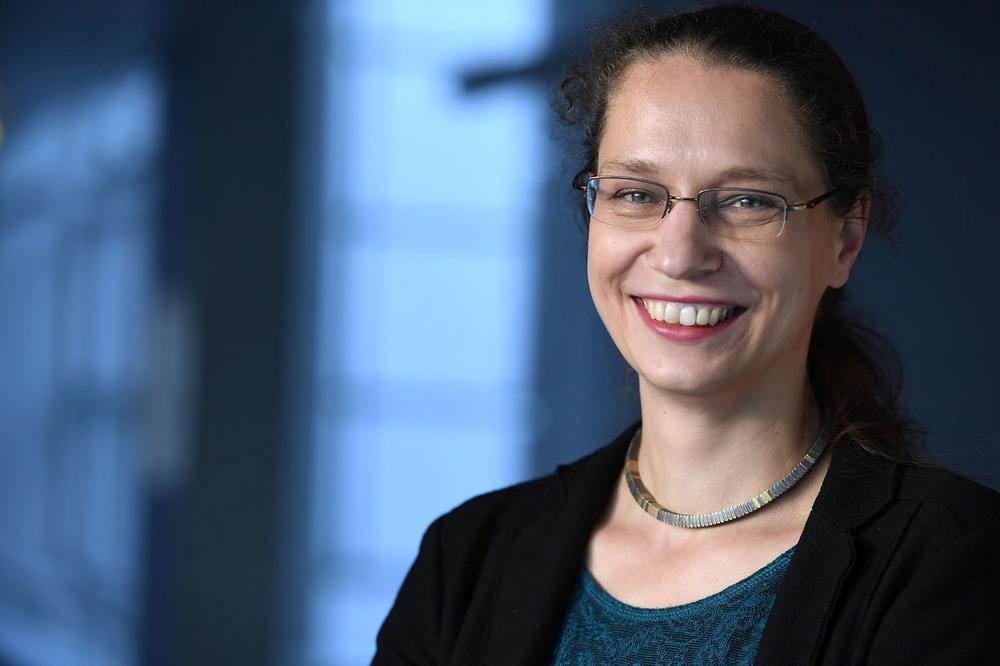AG Reich
Experimental Solid State Physics
Room 1.2.42
14195 Berlin
Research at AG Reich
Structures and materials on the nanoscale exhibit new and exciting physical phenomena that our group endeavours to understand and quantify. Our interests range from delving into the inner workings of plasmonic systems in metal-dielectric interfaces or metallic plasmonic nanostructure crystals, to the production and characterisation of low dimensional materials such as graphene, transition metal dichalcogenides (TMDs) and carbon nanotubes (CNTs). In particular, we want to know how such materials respond and interact with light and how to exploit this for nanophotonics.
In working with plasmonic nanostructure crystals we aim to understand the nature of light matter coupling regimes where the coupling strength exceeds the losses of the system, an important aspect to consider for polariton-based optical devices. Also, within the same vein, we aim to explore plasmonic excitation of nano-oligomers using cylindrical vector beams. This allows the excitation of super and sub radiant modes of excitation that could find applications in tailored spectroscopy or as nanoscale lasers.
Interest in TMDs has gathered considerable steam in recent years as they can be combined into a multitude of different materials with novel physical properties at low dimensionality. They can be combined to form band-gap semiconductors that can host excitonic states at room temperature as well as exhibit other phenomena like moiré physics, valley pseudospin and spin orbit effects. Our group aims to study and characterise these materials, especially the light-matter interactions with excitonic states.
Carbon nanotubes has long been a research area in our group and continues to be at present. We are interested in exploring the vibrational and optical degrees of freedom in CNTs and determining how these effects can be enhanced. We also have a keen interest in expanding the applicability and use of CNTs by controllably attaching functionalised units to CNTs without destroying their inherent properties. These functionalised units can for example be used to act as a photo molecular switch for switching on and off certain properties like fluorescence. In addition to this we study the effect of putting molecules or other CNTs inside of CNTs and see how this changes their fundamental properties.
We also pursue research in the growth and production of carbon-based nanomaterials where we aim to grow different types of nanostructures with pre-determined properties in a very controlled fashion. One example of this is the controlled growth of graphene using molecules as precursors instead of carbon atoms.
AG Reich as a group has always been very social, friendly, and accomodating to new members, we enjoy a bbq from time to time, and we always have time for a drink and a chat in the sun!

